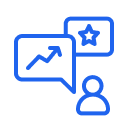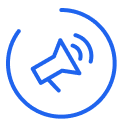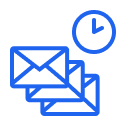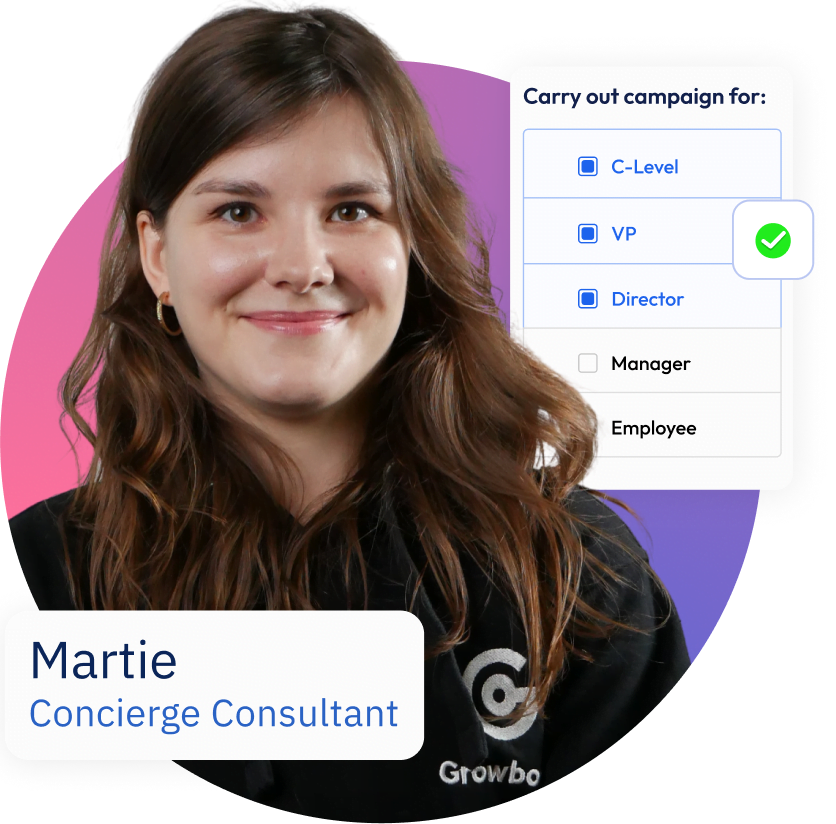The secret to getting ahead is getting started. Mark Twain
Think about everything that you have done in your career which was worthwhile. It has probably involved doing something you have never done before. Starting your outbound sales strategy is no exception. So how do you begin?
Well, think about what is at stake. You probably have limited resources with which to execute your outbound sales strategy.
But you need it to pay off in order to grow your business. Basically, you need to be sure that any investment you make in labor, funds, or education will be reasonable and give you a good ROI. So what is the first thing you need to think about?
What Knowledge do I need to start an outbound sales strategy?

Did you pour vinegar and baking soda in a cup to see what would happen? Did you then do the same thing with a Mentos and a coke bottle? The same experimental drive is important to be successful in outbound sales.
The efficacy of a particular skill or technique changes over time. There are some important elements that you must get right in order to ensure your campaign’s success. It is best to constantly experiment to find which one works best for your Ideal customer profile.
Ideal customer profile
There is a lot to say about these and we will be publishing a much more thorough explanation of them soon. Your ICP is an outline of the customer that you want to attract, the more detailed it is the better. It can include objective metrics like company size or vertical, but also more subjective elements like the level of interest, ability to buy, and potential to generate a referral.
So why are they important? You can use this document to find the best fits for your prospecting operation. Not only that but the information in your ICP will help you craft the perfect outbound message to make the biggest impact.
Mail templates
An important way of scaling your drip campaign is to create a template for all of your messages. You can check out some information about how to write the first message in your campaign and the followups. The key thing to remember is that your message should sound personalized to their recipient.
It is important to keep up to date with what works and be constantly testing new approaches. What works today probably won’t work in 4 or 5 months. You can find examples on the internet but beware. While they will give you a general idea of how to make your own template, they will probably no longer be effective by the time they are published.
In addition to the link above, there are some great resources out there on how to write a cold email and what mistakes to avoid when doing so.
Timing
Do you answer the door when somebody knocks in the middle of the night? Do you pick up the phone during dinner? If you don’t do either of those things, you understand how crucial timing is to getting somebody to pay attention to you.
The same is true for your outbound sales strategy. Often the time of day or day of the week your recipient receive your message will mean the difference between your message being read or discarded.
At Growbots, we have found that the best days for sending cold emails are Sunday, Tuesday, and Thursday.


These are averages throughout the week. It is important to experiment so you can find the best time of day to send your messages. We have found that you are 16 times more likely to have your email opened at 6 AM then you are to have it opened at 3am or twice as likely than at 6pm (the lowest response rate probability during waking hours). You will find information about this in the links above or check out this great primer on the subject.
With working templates and your timing down, you can get your message opened by anybody. But you don’t want to reach out to just anybody. So which person is the right person to appeal to?
There are a few approaches for contacting clients which will give you varying levels of success depending on how you use them.
1.The direct approach
This is when you contact the decision maker you want to talk to directly. If you thought this is the most obvious approach, you’d be right. It is also usually the most effective. The one catch is that it isn’t always obvious to you, an outsider, who the decision maker is you want to talk to. In that case, you can try the top down approach.
2.The top-down approach
While not talking to the decision maker, you talk to one of the more important people in the company. While they may not be the decision maker, their opinion is important. If you impress them, you gain a strong advocate who can talk to the decision maker. Of course, they are not the only advocate you can find in an organization.
You can also try the bottom down approach.
3.The bottom-up approach
It is similar to the top-down approach except instead of talking to the decision maker’s superior, you talk to one of their underlings. While not as effective, these people are often the actual people using the product.
If they are impressed, they have the potential to sway the opinion of the decision maker and generally evangelize for your product.
4. The referral approach
This is when you contact someone in the organization (usually a superior) and ask for a referral to the decision maker. You can use this approach in conjunction with the bottom-up or top-down approaches and is often effective.
So where is the best place to hone your knowledge? This is just an overview of what you need to think about when you construct your outbound sales strategy.
To get the results you want, you will need to be doing regular experiments to see what works best. But experiments take time and you want to ramp up now. For that, you will probably need some support.
How can customer support strenghten your outbound sales strategy?

Our customer success Team
Think about what happens when you walk into your living room with the lights off. You start feeling around to find where things are but not before stubbing your toe against a bookshelf and bumping into the couch.
If you do that enough times, you are able to walk around safely without the lights on. But how many times do you have to hurt yourself before you learn? Why am I talking about dark rooms? Because the right support is like turning on the light.
So what difference does it make?
Growbots started doing lead generation and outbound sales manually. Since we were all new to the practice of outbound sales, we learned what worked through trial and error. This was our time in the dark.
It took us about two months to ramp up our SDRs to the point that they could get a response. Over time our knowledge improved and pretty soon we were able to coach our new recruits so that they would start getting their first responses in a couple of weeks.
It is, therefore, important to bring on a team leader who is up to date with outbound processes that currently work. If that is not an option, consider a service, or tool, which provides support to help you get started with outbound.
Factor in the costs of learning this information before you decide how to proceed. Once you have the knowledge to execute your campaign, your next concern is the tools you use.
Tools necessary to execute your outbound sales strategy

Photo via Visualhunt
One of the great things about and outbound sales process is that it’s easy to automate.
Some of these tools are used for other processes as well but are still useful for outbound.
CRM
You probably already have one. If you don’t, seriously consider getting one. These track every point of contact with your customers. They will make sure that you have a complete understanding of where your leads and prospects are in your sales pipeline. Luckily for you, there are a few to choose from.
We have had good experiences with Close.io for its interface and Salesforce (the big one) for its integrations. If you are running lean and can’t afford much, Pipedrive, Streak (easy to use) and HubSpot (our SDR’s favorite) are inexpensive if basic. Streak and HubSpot even offer free options.
Email automaters
When we started at Growbots, we used the email tools available in Streak’s free version. You will probably find that this tool has limited value but can be an inexpensive way to start. For more powerful email automation tools, you can check out Mixmax. There are also email tools integrated into Growbots.
Lead data
It is certainly possible to manually prospect for new leads but it can be more helpful to buy lead data. There are different products that are available in this area. Companies like Hoovers provide bulk lead lists that you need to sort through.
Others like Growbots provide targeted lead data accompanied by an integrated email tool. They tend to be more expensive than bulk lists but are ultimately cheaper than employing people to manually sort through and qualify lead data.
Meeting schedulers
These tools will be useful for both your inbound and outbound channels. How much time have you spent in the past trying to find a time when you schedule matches the person you want to give a demo to? Not only do these tools allow you to schedule meetings and demos automatically but they send reminder emails to your client.
It makes for one more process that your sales team doesn’t have to think about and fewer no shows to meetings.
It is important to do a cost-benefit analysis of each tool before taking it on. Sometimes the cheaper solution will work fine but often, more money spent on a better tool will lead to a better return overall.
Of course, a tool can only go so far. As we mentioned above, the knowledge that you have can be the difference between ramping up in two weeks and two months. That begs the question…
Are the results of an outbound sales strategy sustainable?
All evidence suggests that they are. Salesforce has continued to grow using its cold calling 2.0 methodology (which actually uses email). Of course, it isn’t the only method of lead generation out there and it complements other others nicely.
The key to keeping it going is to constantly refresh your knowledge by testing what works and what doesn’t. Our SDR’s uses an 80:20 ratio of established templates to new ones to be tested. If you work to maintain your knowledge, you should be able to maintain your predictable revenue.

























